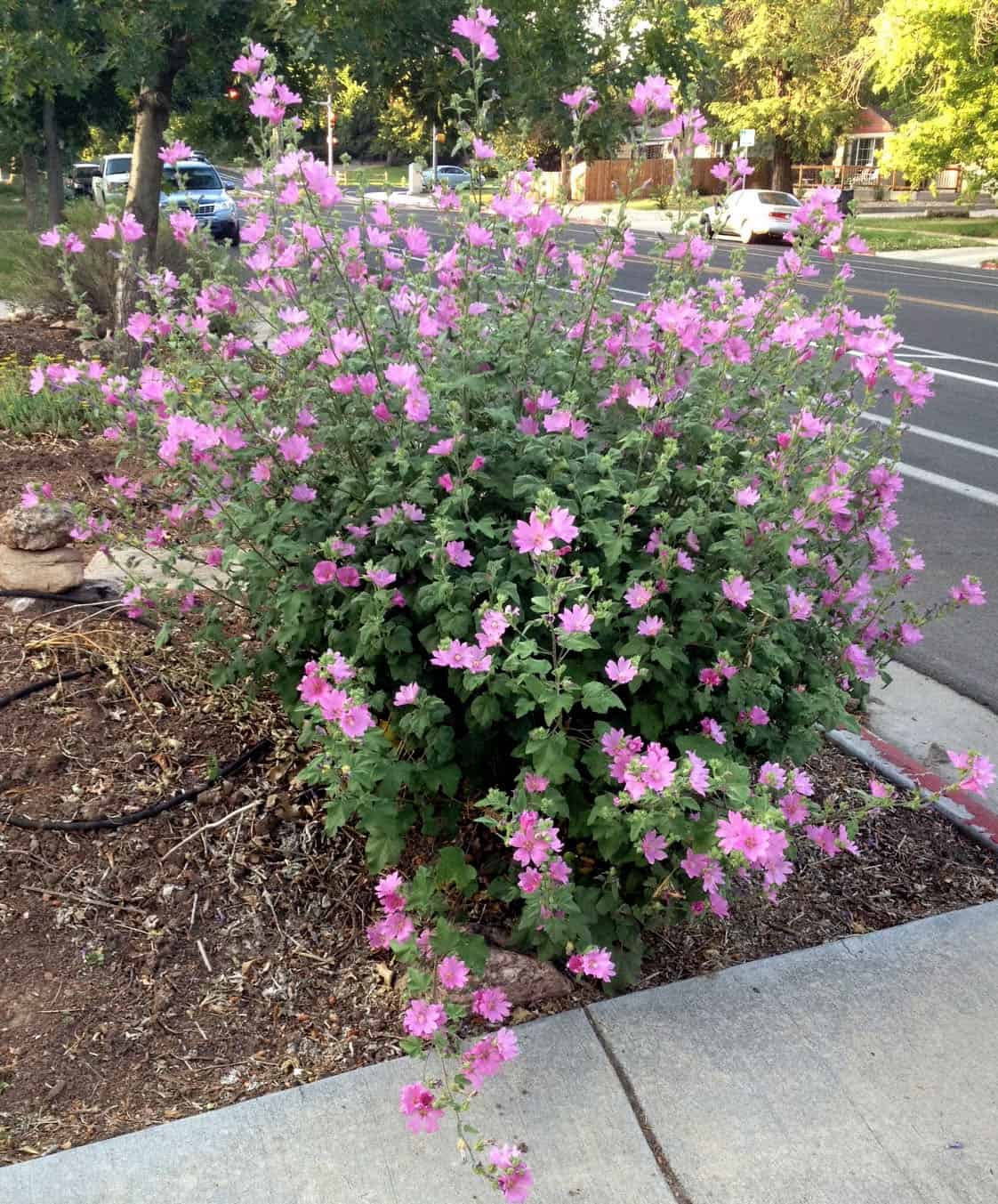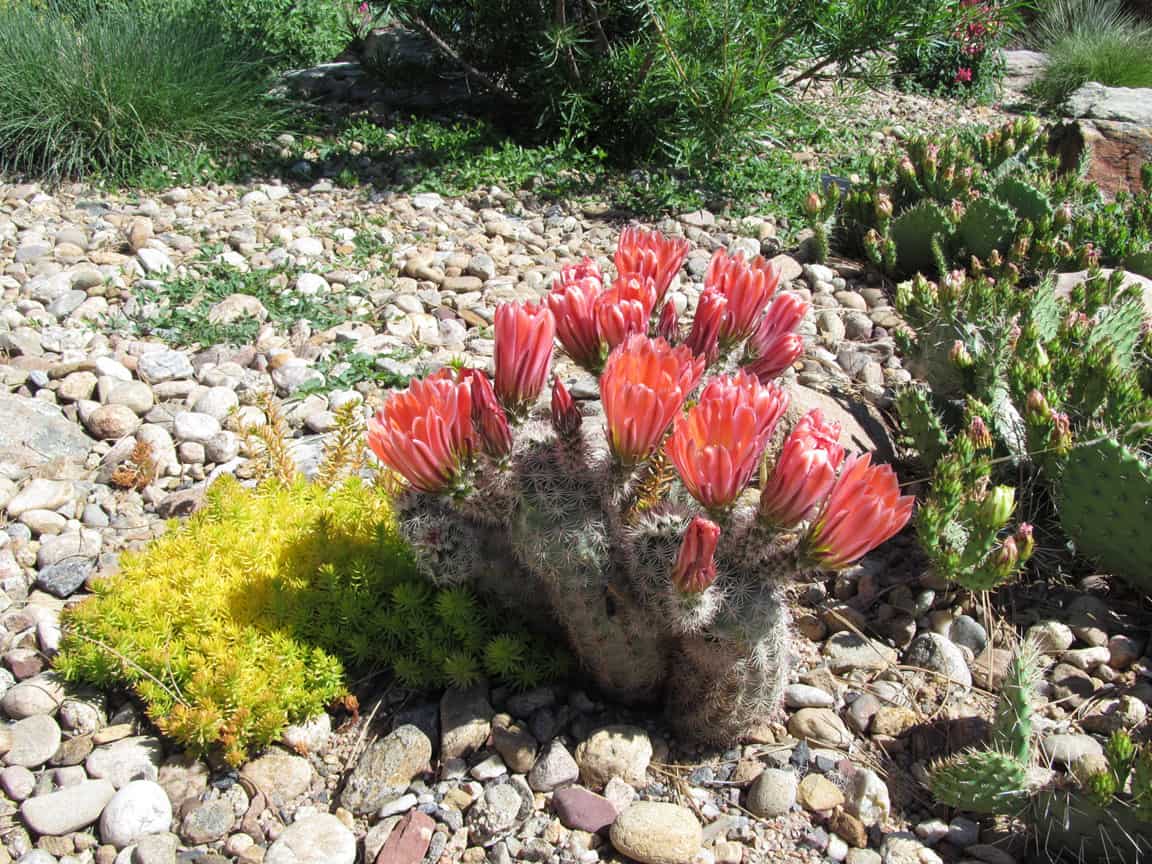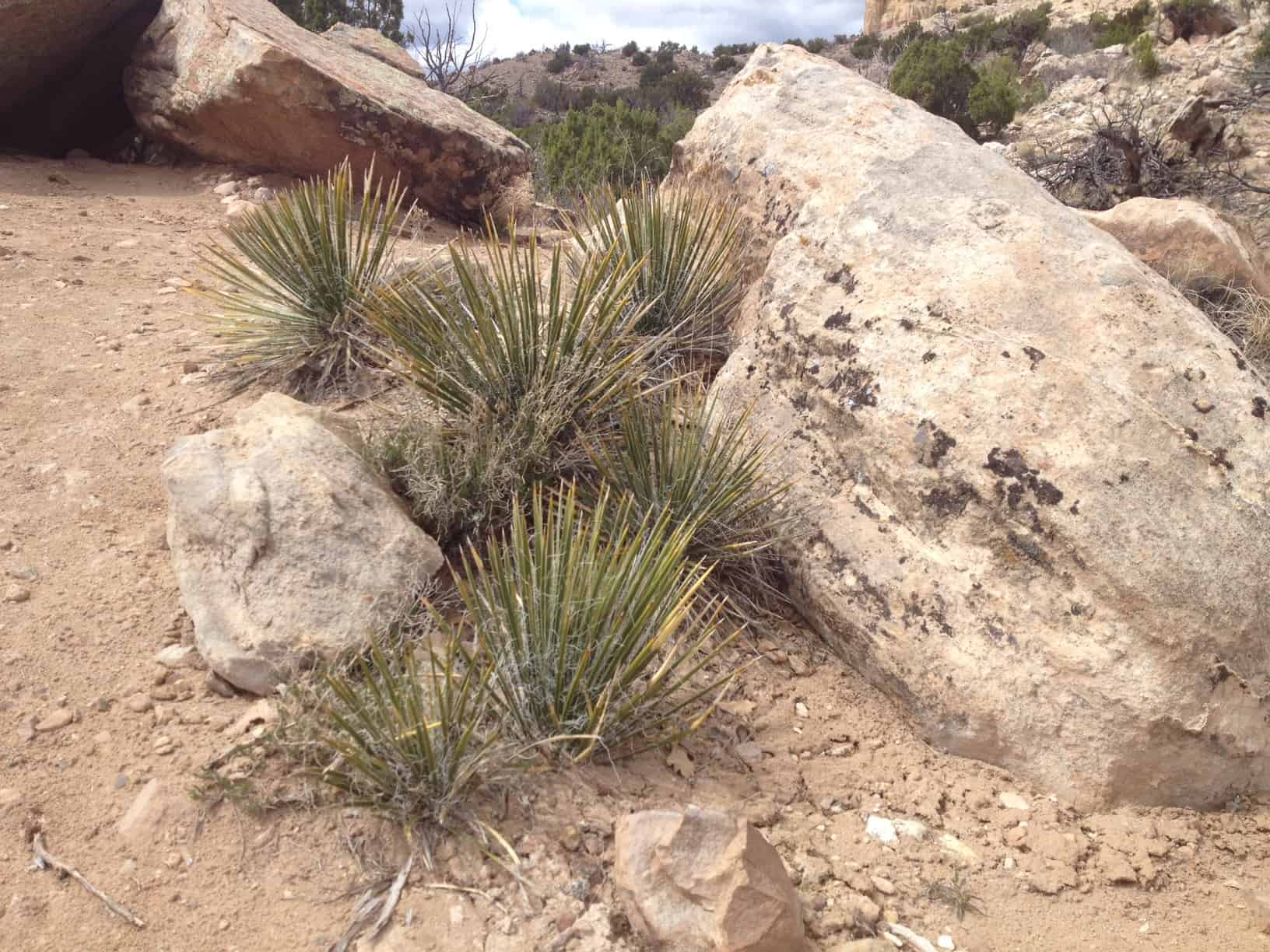by Todd Rutherford

These photos show a sampling of the diversity of color and form that annual Zinnia flowers can exhibit.
I have recently become a fan of the old garden stand-by, the Zinnia. The garden Zinnia was a favorite annual of yesteryear, and seems to be experiencing a resurgence in popularity of late.
The Zinnia genus contains annuals, perennials and shrubs. All the Zinnia species are native to our hemisphere, in an area that stretches from the southwestern U.S. down to South America.
The most common annual Zinnia you can purchase as seed or as bedding plants is likely to be Zinnia elegans or Zinnia haageana. Plant breeders have created many Zinnia cultivars over the years. Annual Zinnias are easy to grow from seed, and do very well in my growing conditions in Colorado.
One thing I’ve only noticed after I started growing them is the great variety of color and form that the flowers exhibit. There seems to be an endless supply of different colors, forms, and sizes that annual Zinnia flowers will exhibit.
The photos shown above are a small selection of the diversity of Zinnias you can grow in your garden. Some of these zinnias I grew from seed in my garden, and some of them are growing in the Denver Botanic Gardens. Most of the Zinnias pictured here are cultivars of Zinnia elegans. A couple of them might be cultivars of Zinnia haageana.
Bees and butterflies seem to love Zinnia flowers, too. The recent migration of Painted Lady (Vanessa cardui) butterflies that passed through Denver, brought a plethora of butterflies feasting on my Zinnias. And in the evening, several bumble bees (genus Bombus) could be found sleeping on the underside of some of the zinny flowers in my yard, after they had spent a busy day buzzing from one Zinnia flower to another.
Zinnias are so easy to start from seed, that I recommend you try to grow some in your yard at the start of the next garden season.
This is the official blog of Outdoor Design Group, Colorado Landscape Architects. For more information about our business and our services, click here.
Related Posts:
by Todd Rutherford

Many of the annual and vegetable plants at the Denver Botanic Gardens are at their peak right now, and looking amazing. This photo of an artichoke plant in bloom was captured in the garden’s Potager Garden area. Artichokes are typically known as a food crop, with several cultivars grown worldwide, but many horticulturalists like to grow it as an interesting ornamental plant. Their large leaves and spiky flowers add a wonderful sculptural form to the garden. It is my understanding that on a typical artichoke farm, the flower buds are harvested and sent to market well before they open. In these photos we see that the flowers have been allowed to open, providing a stunning display for garden visitors.
Artichokes look a lot like thistles. And it turns out, artichokes are indeed related to thistles, with both plants being members of the very large family of plants that botanists call the Asteraceae.
The historical record holds that artichoke cultivation as a food goes back as far as ancient Greek and Roman times. It is likely that the Greeks brought artichoke cultivation to Italy. Some historians posit that cultivation of artichokes was further developed and improved upon in medieval Muslim Spain. The name artichoke can be traced to the medieval Arabic term “ardi shawki“.

This is the official blog of Outdoor Design Group, Colorado Landscape Architects. For more information about our business and our services, click here.
Related Posts:
by Todd Rutherford

I had never heard of a Hollyhock Mallow, but I came upon this delightful plant while visiting a friend last month. This interesting horticultural specimen was blooming in my friend’s neighbor’s yard. The profusion of pink blooms caught my attention from the corner of my eye, and I instantly raced over to get a closer look. Initially the flowers brought to mind common hollyhocks, but the form of this plant and the leaves were not quite the same as true hollyhocks. It took a little bit of internet sleuthing to arrive at the conclusion of what the plant was. I am still trying to learn more about this plant to determine if it is a good addition to the list of perennial plants for low water gardens.

Hollyhock Mallow, aka Malva alcea, is native to parts of Europe and Central Asia. As the common name implies, it is related to common hollyhocks (Alcea rosea) that many a grandmother has grown from seeds. Malva alcea is an herbaceous perennial that grows about 4′ in height, by 2-3′ wide. It has moderate water needs, but reportedly is drought tolerant. Unfortunately, it can fall prey to Japanese beetles, foliar nematodes, leafhoppers and spider mites. I wonder if it is plagued by the same leaf problems that make common hollyhocks look so beleaguered towards the end of the growing season. In some regions of the U.S. it has escaped cultivation and become naturalized. I do not know if it is invasive in Colorado. I look forward to learning more about this plant, and possibly testing it out in my own garden beds.
This is the official blog of Outdoor Design Group, Colorado Landscape Architects. For more information about our business and our services, click here.
Related Posts:
by Todd Rutherford
June is finally here, which gets me thinking about cactus flowers. I wanted to share these photos I took of a gorgeous flowering cactus that was growing in a park called Kendrick Lake Park, located in Lakewood, Colorado.

The xeriscape gardens at Kendrick Lake are quite impressive. June is a good time to visit for the chance to see the various cacti that dot the gardens, blooming in their early summer glory. On an interesting botanical note, I recently learned from cactus expert Kelly Grummon’s website (coldhardycactus.com) that in order for these cacti to bloom, one of the criteria is a cold enough winter. “If a cactus doesn’t get enough cold weather, it will not flower normally in the spring”, he says.

At first I thought the cactus in these photos was Echinocereus ‘White Sands’. But upon further inspection of the flower color and the size and density of the spines, I am guessing it might possibly be some variety of Echinocereus reichenbachii. Whatever species of cactus it happens to be, it is stunning to see it when blooming.
I recommend visiting Kendrick Lake in June to enjoy the cactus blooms, as well as many other stunning flowering xeriscape plants on display.
This is the official blog of Outdoor Design Group, Colorado Landscape Architects. For more information about our business and our services, click here.
Related Posts:
by Todd Rutherford
A few months ago, on a trip through New Mexico, I stopped by Ghost Ranch for a short visit and hike. Ghost Ranch is a beautiful area in north central New Mexico. It is a retreat and education center that belongs to the Presbyterian Church, but is open to the general public (all visitors must register with the visitor center). Though there is a long history to the Ranch, perhaps it has become most well known due to its links with the artist Georgia O’Keeffe, who once owned a home on a small portion of the Ranch.

Near the Ghost Ranch Visitors Center.

Chimney Rock
There is an easy and rather popular hike to a rock formation called Chimney Rock, not far from the Ghost Ranch Welcome Center. As I ambled along the trail to Chimney Rock on that cool and windy Spring day, I was delighted to come across what I believe to be Yucca harrimaniae, occasionally dotting the sides of the trail. This small and very charming yucca was quite numerous on areas along the hike.

Cluster of Yucca harrimaniae (or are they Yucca angustissima?)
In the limited research I did, I discovered that there is also a possibility that the yuccas I saw at Ghost Ranch might also be Yucca angustissima. And it seems that there is disagreement among botanist about these two species of Yucca, and what distinguishes them. For the sake of simplicity, and at the risk of being wrong, I will refer to these yuccas as Yucca harrimaniae. Some people call Yucca harrimaniae by the common name Harriman’s Narrow Leaf Yucca.
I have seen these in the Denver area, planted in gardens, but I had never before noticed them in the wild, as I am usually accustomed to only seeing Yucca glauca, which is quite common in natural areas of northern and eastern Colorado. That is why I was so excited to see them. The Yucca harrimaniae leaf color is less blue-grey than Yucca glauca (glauca or glaucous translates to “blue-grey” in Latin), and I think Y. harrimaniae exhibits more of the curly white “side hairs” than the Y. glauca. Like all other yuccas, these will sport a beautiful flower stalk in spring to early summer.

My 11″ shoe as a size comparison.
This is the official blog of Outdoor Design Group, Colorado Landscape Architects. For more information about our business and our services, click here.
Related Posts:










